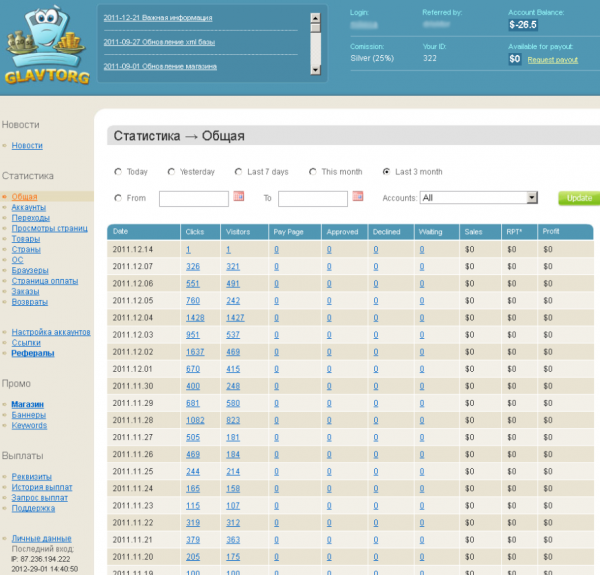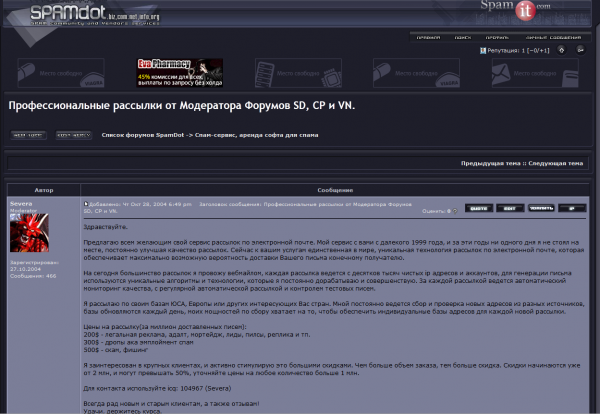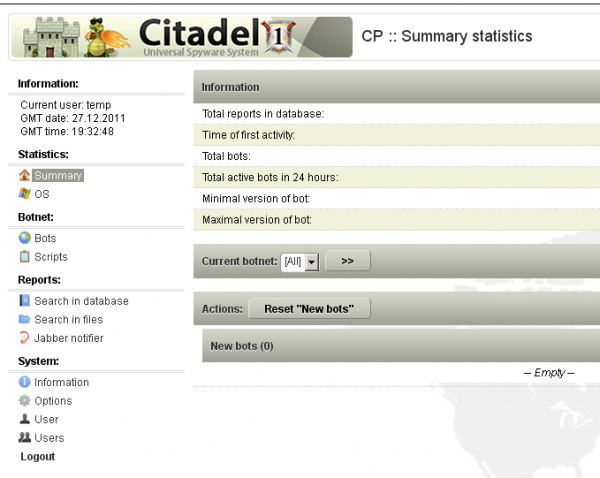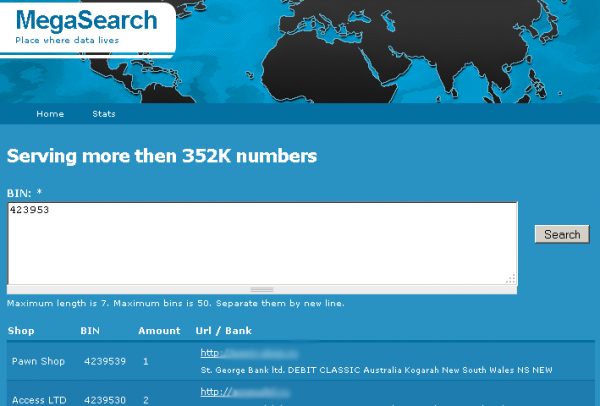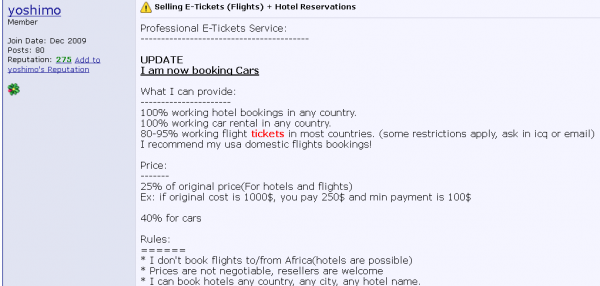More than two months after authorities shut down a massive Internet traffic hijacking scheme, the malicious software that powered the criminal network is still running on computers at half of the Fortune 500 companies, and on PCs at nearly 50 percent of all federal government agencies, new research shows.
The malware, known as the “DNSChanger Trojan,” quietly alters the host computer’s Internet settings to hijack search results and to block victims from visiting security sites that might help scrub the infections. DNSChanger frequently was bundled with other types of malware, meaning that systems infected with the Trojan often also host other, more nefarious digital parasites.
In early November, authorities in Estonia arrested six men suspected of using the Trojan to control more than four million computers in over 100 countries — including an estimated 500,000 in the United States. Investigators timed the arrests with a coordinated attack on the malware’s infrastructure. The two-pronged attack was intended to prevent miscreants from continuing to control the network of hacked PCs, and to give Internet service providers an opportunity to alert customers with infected machines.
But that cleanup process has been slow-going, according to at least one security firm. Internet Identity, a Tacoma, Wash. company that sells security services, found evidence of at least one DNSChanger infection in computers at half of all Fortune 500 firms, and 27 out of 55 major government entities.
“Yes, there are challenges with removing this malware, but you would think people would want to get this cleaned up,” said Rod Rasmussen, president and chief technology officer at Internet Identity. “This malware was sometimes bundled with other stuff, but it also turns off antivirus software on the infected machines and blocks them from getting security updates from Microsoft.”
Computers still infected with DNSChanger are up against a countdown clock. As part of the DNSChanger botnet takedown, the feds secured a court order to replace the Trojan’s DNS infrastructure with surrogate, legitimate DNS servers. But those servers are only allowed to operate until March 8, 2012. Unless the court extends that order, any computers still infected with DNSChanger may no longer be able to browse the Web.
Rasmussen said there are still millions of PCs infected with DNSChanger. “At this rate, a lot of users are going to see their Internet break on March 8.”







